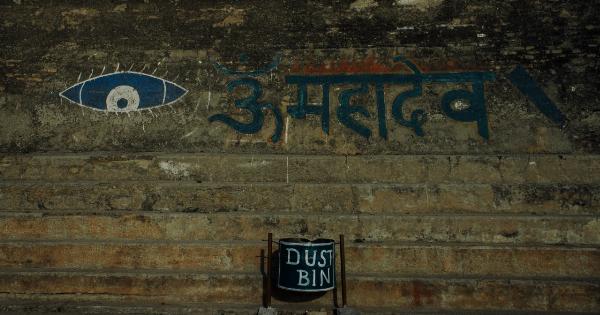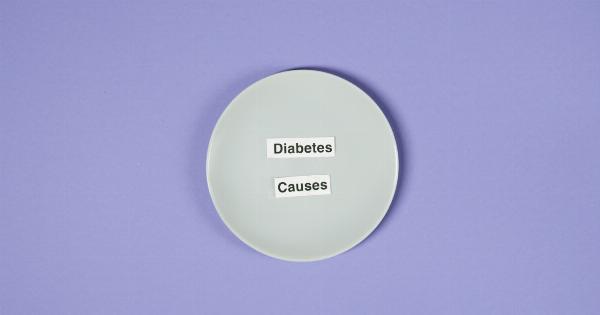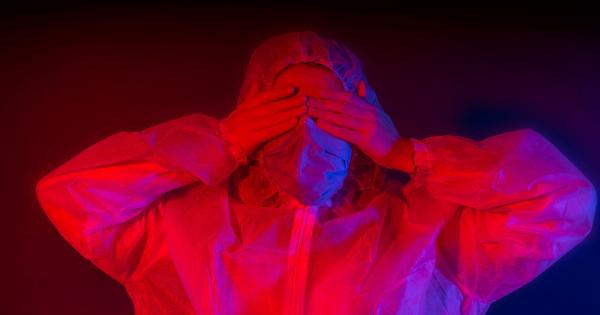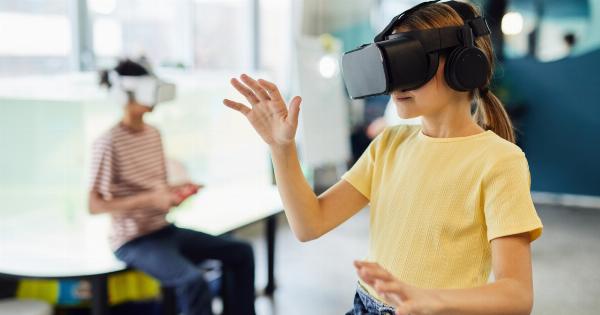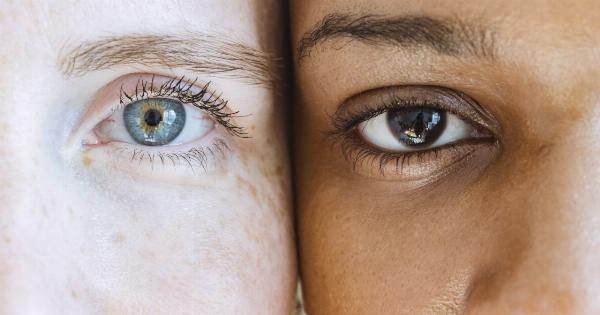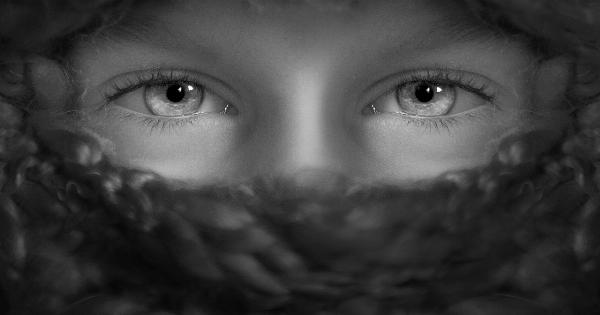Vision is one of our most important senses and plays a crucial role in our daily lives. It allows us to perceive the world around us, engage in social interactions, and perform various tasks.
Unfortunately, our vision can deteriorate over time due to various factors, including age, genetics, and lifestyle choices. In some cases, vision loss can occur gradually and stealthily, making it difficult to detect until it reaches an advanced stage.
1. Blurry Vision
One of the earliest warning signs of stealthy vision loss is experiencing blurry vision. This can manifest as difficulty in focusing on objects, reading text, or recognizing people’s faces.
Blurry vision may occur in one or both eyes and can worsen over time if left untreated. If you notice a persistent blurriness in your vision, it is important to consult an eye care professional for a comprehensive eye examination.
2. Blind Spots
Another indication of stealthy vision loss is the presence of blind spots in your visual field. Blind spots are areas where you are unable to see clearly or cannot see at all. They can be small or large depending on the underlying cause.
Blind spots may result from conditions such as age-related macular degeneration, glaucoma, or retinal detachment. Regular eye check-ups can help in identifying and addressing blind spots before they become a significant hindrance.
3. Floaters
Floaters are small, dark spots or specks that appear to float in your field of vision. They can often resemble cobwebs, strands, or small dots.
While floaters are common and usually harmless, an increase in their number or sudden appearance of a large floater could indicate an underlying eye condition or injury. If you notice a sudden increase in floaters or experience flashing lights along with them, it is important to seek immediate medical attention to rule out any serious issues such as retinal detachment.
4. Loss of Peripheral Vision
Loss of peripheral vision refers to the gradual reduction in the ability to see objects and movements outside of the direct line of sight. It often goes unnoticed initially as your brain adapts to fill in the missing information.
However, losing peripheral vision can significantly impact your overall visual field and increase the risk of accidents or falls. Conditions such as glaucoma and retinitis pigmentosa commonly cause peripheral vision loss. Regular visual field tests can help detect and monitor any changes in your peripheral vision.
5. Light Sensitivity
If you find yourself becoming increasingly sensitive to light, it could be an early warning sign of stealthy vision loss. Photophobia, or light sensitivity, can cause discomfort or pain when exposed to bright lights or sunlight.
It may also lead to frequent squinting or the need to shield your eyes from light sources. Light sensitivity can be indicative of various eye conditions such as cataracts, corneal abrasions, or inflammation of the iris.
Wearing sunglasses and avoiding excessive exposure to bright lights can help alleviate symptoms, but it is vital to seek professional medical advice for proper diagnosis and treatment.
6. Eye Pain or Discomfort
Experiencing recurring eye pain or discomfort should never be ignored as it can be a sign of an underlying eye condition. Eye pain may be described as a dull ache, sharp stabbing sensation, or persistent irritation.
It can be caused by conditions like dry eye syndrome, eye infections, inflammation, or glaucoma. Prompt consultation with an eye care specialist is essential to determine the cause of the pain and to initiate appropriate treatment.
7. Gradual Loss of Color Vision
An unnoticed and gradual loss of color vision can also be an early indication of stealthy vision loss.
Difficulty distinguishing between certain colors or a general fading of colors may occur due to conditions such as age-related macular degeneration or cataracts. Regular eye exams, including color vision tests, can help identify any issues and enable timely intervention.
8. Halos or Glare
If you start experiencing halos or glare around lights, especially at night, it may indicate the presence of an eye condition.
Halos are circles of light that surround a light source, while glare refers to the difficulty in seeing clearly in the presence of bright lights. Conditions like cataracts, corneal abnormalities, or even uncorrected refractive errors can cause halos or glare. Seeking an eye care professional’s expertise can help determine the cause and appropriate treatment options.
9. Impaired Night Vision
Difficulty seeing clearly at night or in low-light conditions is another warning sign of potential stealthy vision loss.
If you struggle to navigate in dimly lit environments, experience increased difficulty driving at night, or find it challenging to read in low light, it is essential to have your vision evaluated. Several conditions, such as cataracts or vitamin A deficiency, can contribute to impaired night vision. Early detection can help prevent accidents and maintain visual quality.
10. Changes in Eye Appearance
Observing visible changes in the appearance of your eyes can provide vital clues about your eye health. Redness, swelling, bulging, or changes in the shape, size, or position of your eyes should be examined by an eye care specialist.
These changes can indicate underlying conditions such as infections, inflammation, thyroid eye disease, or even certain types of tumors. Early diagnosis and appropriate treatment can help prevent further deterioration of vision and minimize potential complications.
Remember, timely intervention is crucial for preventing or minimizing the impact of stealthy vision loss. Regular eye examinations, even without noticeable problems, can aid in the early detection of eye conditions and ensure prompt treatment.
If you experience any of the warning signs mentioned above, don’t hesitate to consult an eye care professional for a comprehensive evaluation. Protecting your vision is essential for maintaining a high quality of life.













